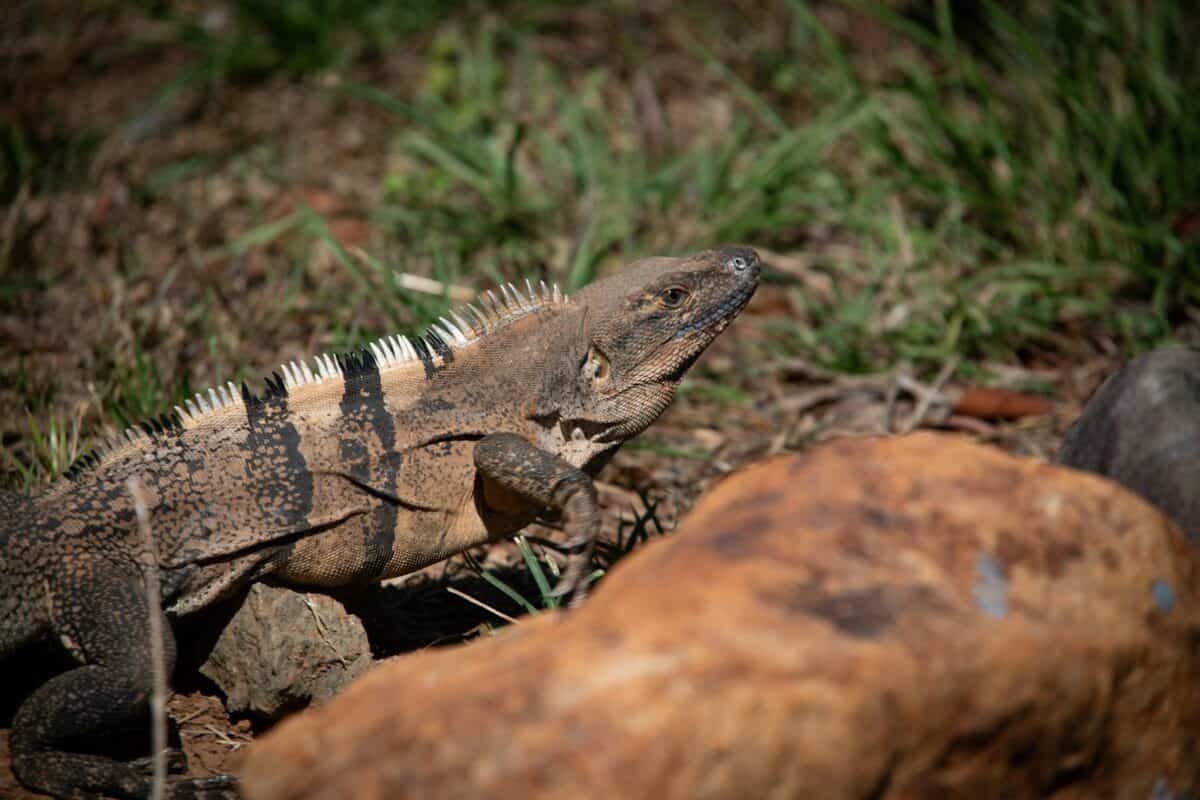Nature is a masterful designer, constantly shaping organisms to adapt and thrive in their environments. The animal kingdom is brimming with creatures sporting bizarre and fascinating adaptations. These unique characteristics not only ensure their survival but also leave us in awe of life’s diversity and ingenuity. Join us as we embark on a journey to explore the 25 weirdest animal adaptations that help these incredible creatures live another day in the wild.
25. The Bizarre Blood of the Horseshoe Crab
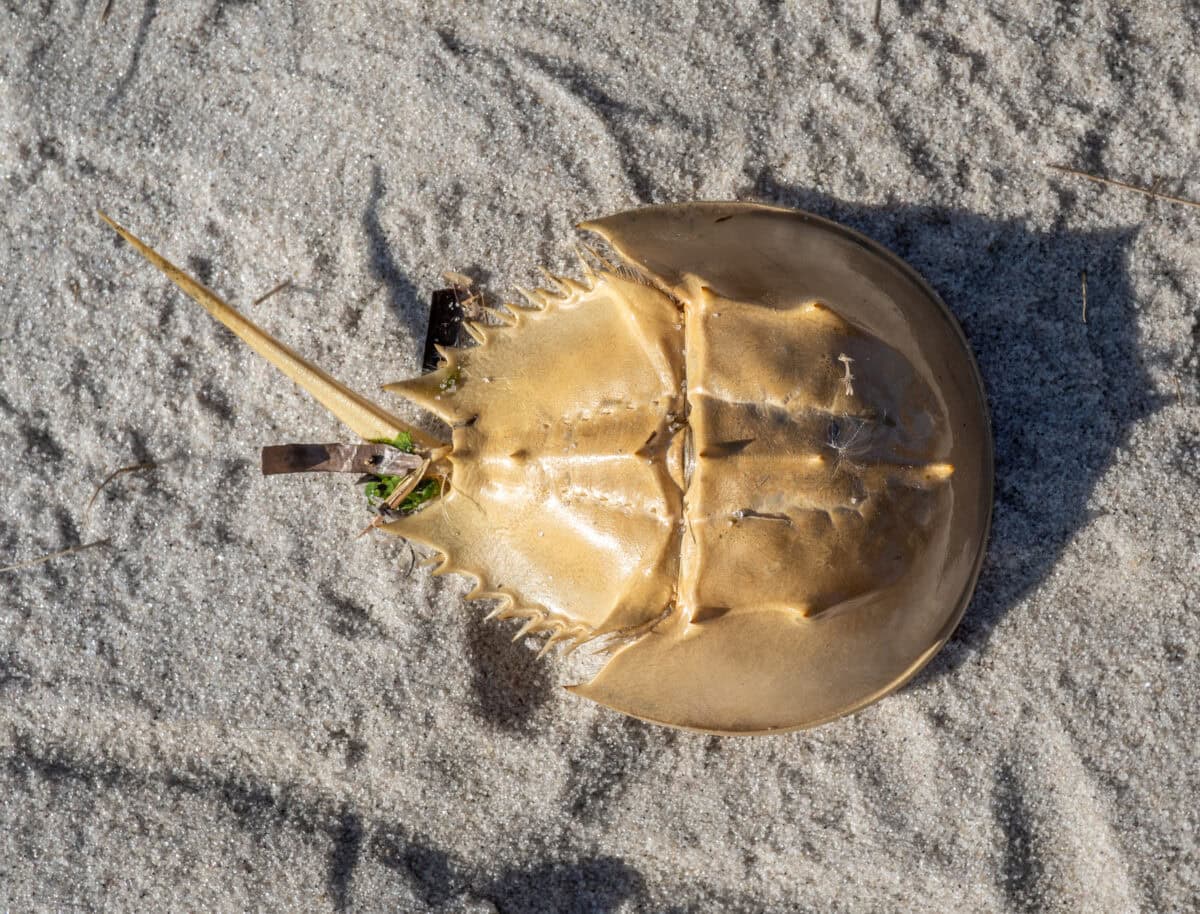
The horseshoe crab, a living fossil dating back to prehistoric times, possesses an extraordinary blue blood due to the presence of copper-based hemocyanin. More astonishingly, their blood contains a compound called Limulus Amebocyte Lysate (LAL), which clots around bacterial contaminants. This biological response has adapted to help them survive infections and is incredibly valuable for detecting bacterial contamination in medical applications.
24. The Regenerative Power of the Axolotl

The axolotl, a Mexican amphibian also known as the “walking fish,” boasts a remarkable ability to regenerate entire limbs, and even parts of its heart and brain. This adaptation aids in survival after predatory attacks, allowing the axolotl to regrow lost body parts seamlessly. Their regenerative prowess is not only a key survival trait but also a subject of intense scientific study.
23. The Mimic Octopus’s Costume Change

The mimic octopus is a true master of disguise and deception. It can alter its shape, color, and texture to imitate over fifteen different marine species, such as lionfish, flatfish, and sea snakes. These mimicry feats confuse predators and help the octopus avoid threats, showcasing an incredible survival adaptation through deception.
22. The Explosive Defense of the Bombardier Beetle

This small beetle has evolved a literally explosive defense mechanism. When threatened, the bombardier beetle releases a boiling hot chemical spray from its abdomen. This adaptation serves as a deterrent against predators, allowing the beetle to escape while potentially injuring its would-be attacker.
21. The Immunity of the Komodo Dragon

Despite residing in environments teeming with dangerous bacteria, the Komodo dragon has developed an advanced immune system. This adaptation helps protect them from infections, even after consuming decaying carcasses. Komodo dragons also utilize venomous bites to incapacitate prey, a lethal advantage in procuring their meals.
20. The Antarctic Icefish’s Blood Adaptation

The Antarctic icefish has uniquely clear blood, devoid of red blood cells and hemoglobin. It has adapted to cold environments by absorbing oxygen directly through its skin from the frigid waters. This unusual adaptation allows it to thrive in an ecosystem where temperatures drop significantly below freezing.
19. The Immortality of the Turritopsis Jellyfish
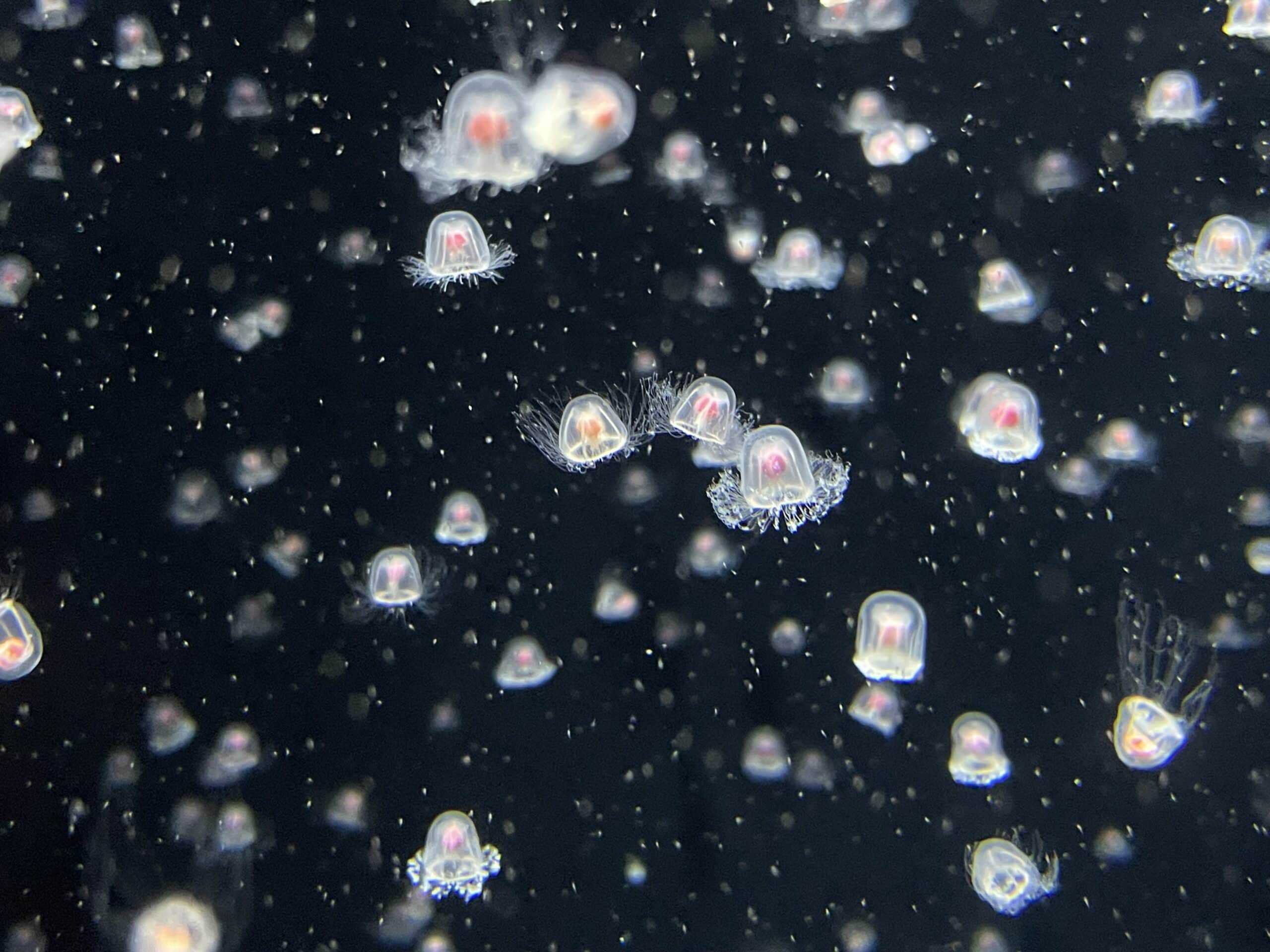
The Turritopsis dohrnii, often dubbed the “immortal jellyfish,” possesses the extraordinary ability to revert its cells back to their earliest form after reaching maturity. This cellular reprogramming allows the jellyfish to essentially cheat death and start its life cycle anew, offering an endless loop of life.
18. The Shrinking of the Reindeer Eyes
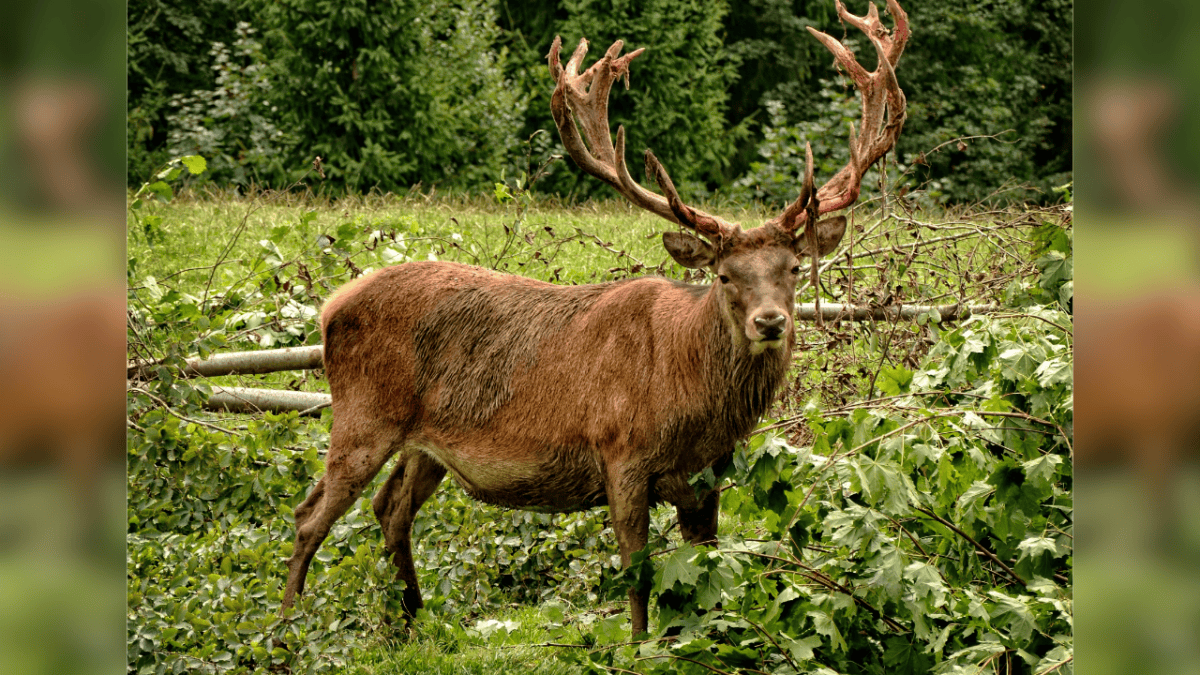
Reindeer have adapted to the polar darkness by changing the color of their eyes. In winter, the tapetum lucidum tissue in their eyes shifts from gold to blue, enhancing their vision and ability to see in low-light conditions. This adaptation is crucial for survival in the dark Arctic winters.
17. The Self-Inflation of the Pufferfish

Pufferfish have developed the fantastic ability to inflate themselves into a spiky ball. This swelling, which can occur in seconds, makes them larger and more difficult for predators to bite. Some species are also highly toxic, adding another layer of defense against threats.
16. The Shape-Shifting of the Cuttlefish

Cuttlefish have sophisticated skin that can change color, texture, and pattern instantly, thanks to special cells called chromatophores. These adaptations allow them to communicate, camouflage, and even hypnotize prey, making them formidable predators and escape artists in their oceanic milieu.
15. The Sticky Soles of the Geckos
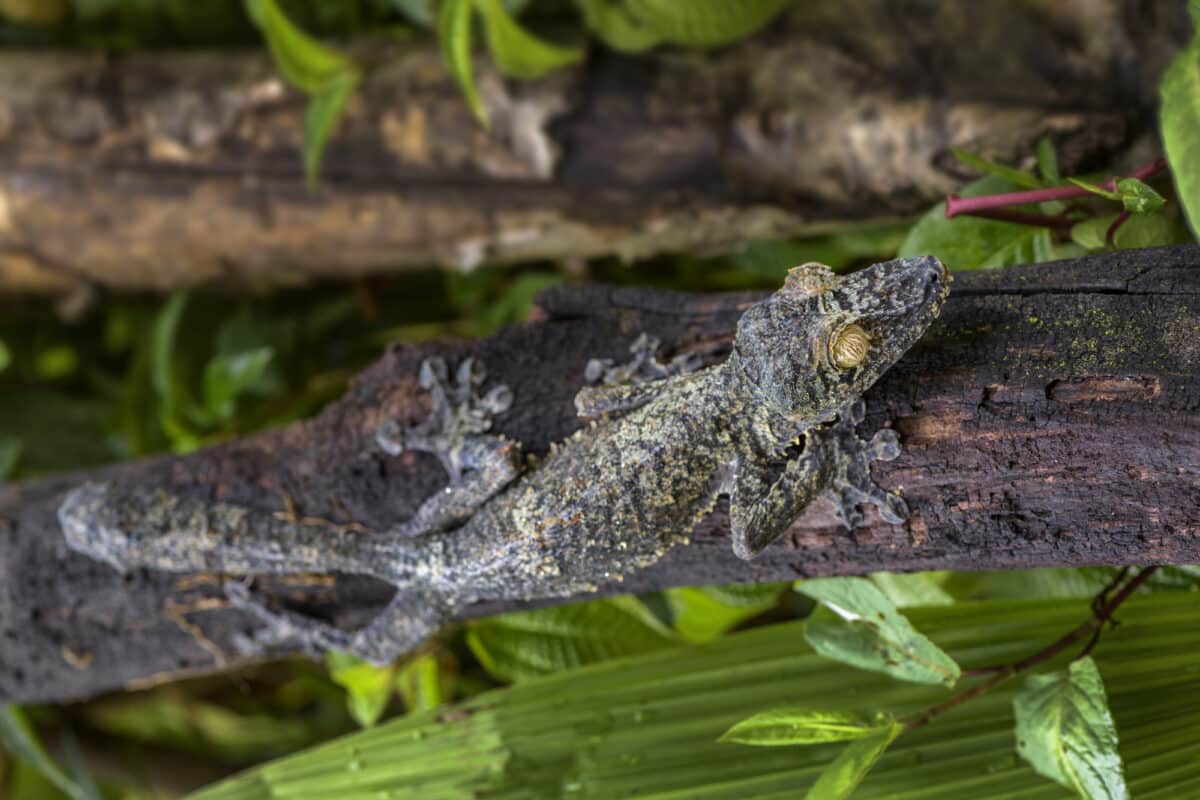
Geckos are renowned for their ability to scale walls and ceilings with ease. This incredible adaptation stems from the millions of tiny hair-like structures on their feet called setae. These enable geckos to adhere to surfaces through van der Waals forces, providing them with unmatched climbing prowess.
14. The Deceptive Death of the Virginia Opossum

Playing dead, or “playing possum,” is an adaptation the Virginia opossum uses in dire situations. By mimicking the appearance and smell of a sick or dead animal, the opossum becomes less attractive to predators. This convincing act has undoubtedly contributed to its survival throughout history.
13. The Electric Endurance of the Electric Eel

With the ability to generate substantial electric charges, the electric eel uses its adaptation not only for hunting but also for self-defense. Electric shocks can stun or deter predators and serve as a tool to communicate among their kind, highlighting their electrifying skills.
12. The Resilient Sleep of the Alpine Marmot

Alpine marmots display an incredible survival adaptation through hibernation. They can sleep up to eight months, greatly reducing their metabolic demands. This adaptation allows them to endure long periods of food scarcity and freezing temperatures at high altitudes.
11. The Alluring Glow of the Firefly

Fireflies illuminate the night with their bioluminescence, a chemical reaction glow used for communication and mating displays. This adaptation offers them a unique method to find partners and ward off predators by signaling their unpalatability.
10. The Protective Armor of the Pangolin

Pangolins possess tough, keratin scales that cover their bodies. When threatened, they curl up into a tight ball, making it difficult for predators to injure them. This adaptation, though protective, has sadly made them targets for illegal wildlife trade.
9. The Tongue Trap of the Chameleon

Chameleons are iconic for their long, rapid-fire tongues, which they use to snatch prey with remarkable speed and accuracy. This adaptation complements their slow, camouflaged approach, ensuring that when they do strike, it’s quick and effective.
8. The Enigmatic Echolocation of the Bat
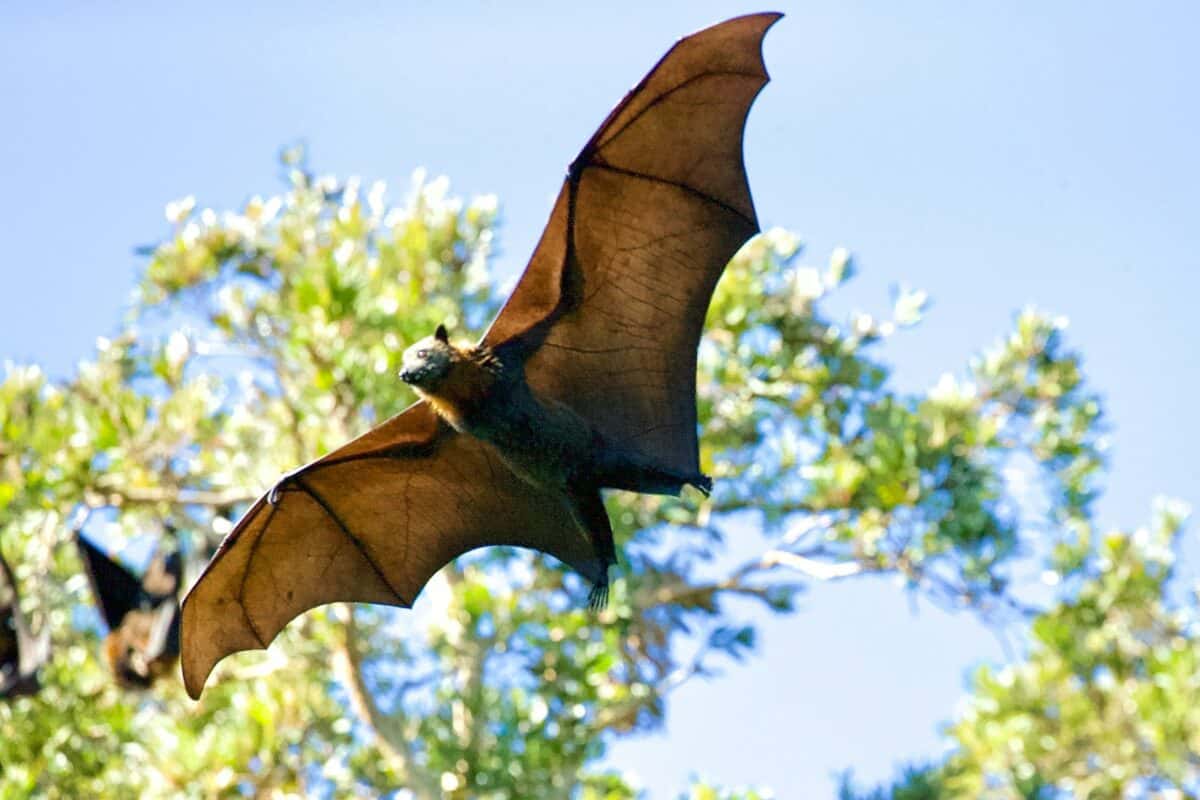
Bats have developed echolocation to navigate and hunt in the dark. This adaptation involves emitting high-frequency sounds that bounce off objects and return to the bat, painting an auditory map of their environment and allowing for precise capture of prey.
7. The Branch-Like Appendages of the Leafy Sea Dragon

The leafy sea dragon’s body decoration of long, leaf-like appendages provides outstanding camouflage among seaweed and kelp. This adaptation serves as both a defense against predators and a disguise while hunting for food in the ocean.
6. The Social Surfing of the Dolphin
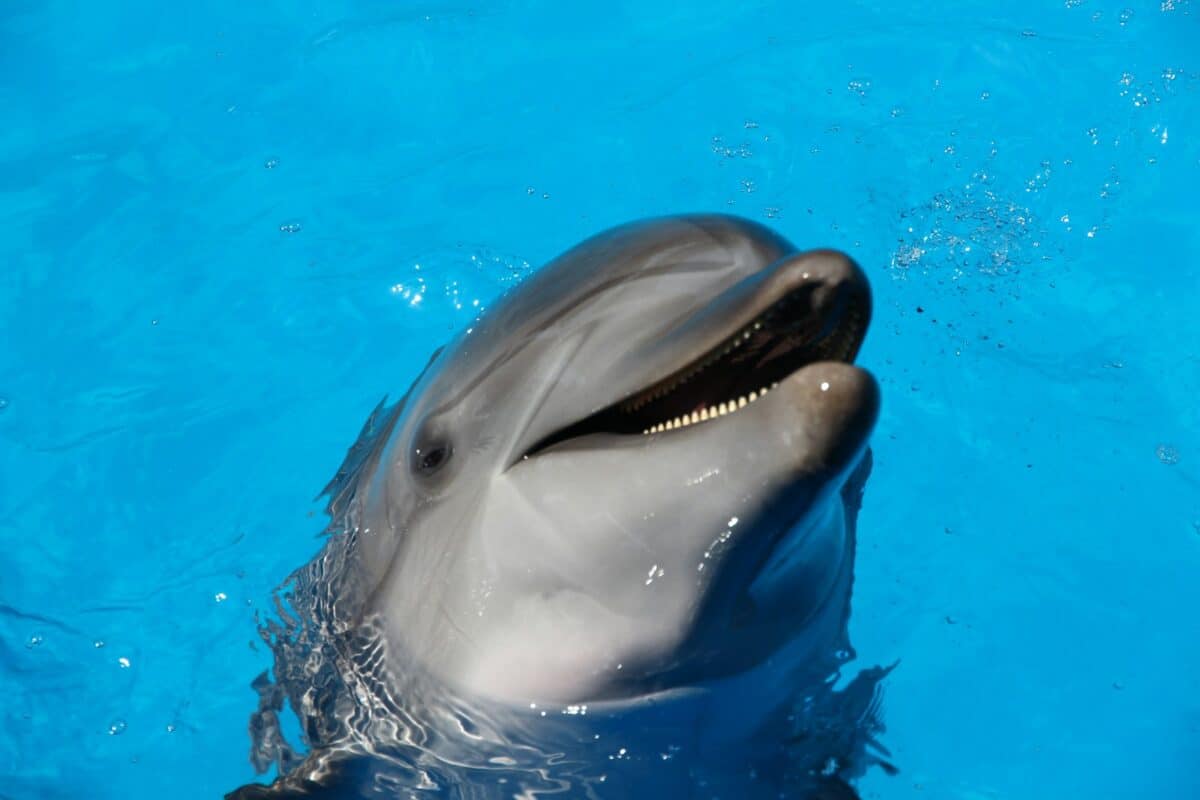
Dolphins exhibit social intelligence and cooperation, often seen working together to herd fish or taking turns practising play behaviors like surfing waves. This adaptation of social dynamics enhances their ability to hunt effectively and maintain social bonds.
5. The Mysterious Magnetoreception of the Loggerhead Turtle

Loggerhead turtles navigate vast ocean distances with apparent ease using a form of navigation called magnetoreception, sensing the Earth’s magnetic fields. This adaptation directs them to nesting beaches and important feeding grounds across the globe.
4. The Sneaky Brood Parasitism of the Cuckoo

Female cuckoos utilize brood parasitism as a reproductive strategy by laying their eggs in the nests of other bird species. Host birds unwittingly raise the cuckoo chicks, providing them care and resources—a cunning adaptation that saves energy for the parent cuckoos.
3. The Fasting Mastery of the Emperor Penguin

Emperor penguins demonstrate a remarkable adaptation to survive Antarctica’s harsh winter months. Males fast for up to two months while incubating eggs, relying on stored body fat to endure extreme cold and food scarcity.
2. The Ziplock Chambers of the Camel’s Nostrils
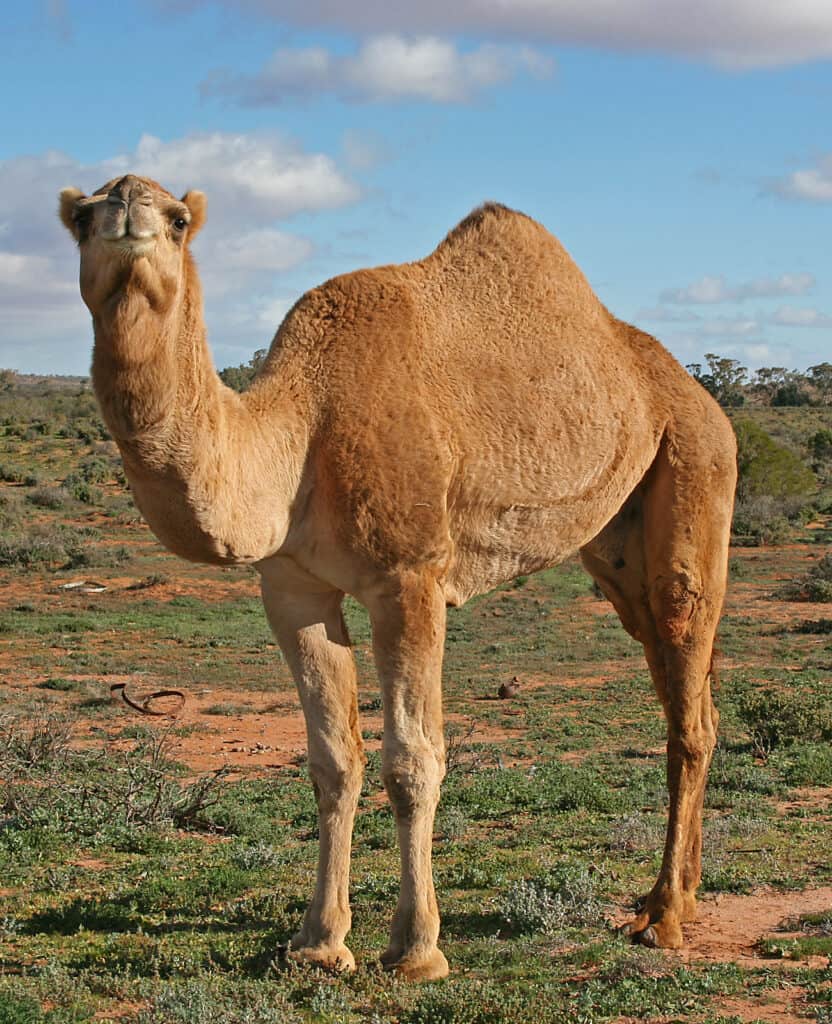
Camels have evolved a special adaptation to survive desert environments: their nostrils can close up to prevent sand intake and conserve moisture during sandstorms. These ziplock-like nostrils are essential for long treks in arid habitats.
1. The Cryogenic Dormancy of the Wood Frog

The wood frog can survive being frozen over winter by entering a state of cryogenic dormancy. They produce an antifreeze-like substance that prevents cell damage, enabling them to thaw out and resume activity in spring—a freeze-and-thaw adaptation that defines their survival strategy.
As we’ve seen, the myriad ways animals adapt to their environments can be as bizarre as they are ingenious. These extraordinary trait adaptations not only illustrate the vast diversity in our planet’s ecosystems but also highlight the resilience and inventiveness of life. In contemplating these wonders, we gain a deeper appreciation for nature’s ceaseless evolution, reminding us of the intricate tapestry that supports life in all its forms.
- The Coldest Town in America—And How People Survive There - August 9, 2025
- How Some Birds “Steal” Parenting Duties From Others - August 9, 2025
- 12 Deep-Sea Creatures You Won’t Believe Exist - August 9, 2025

